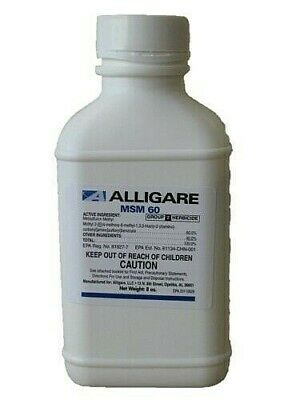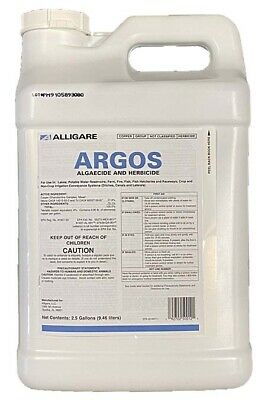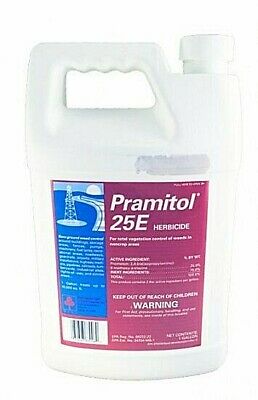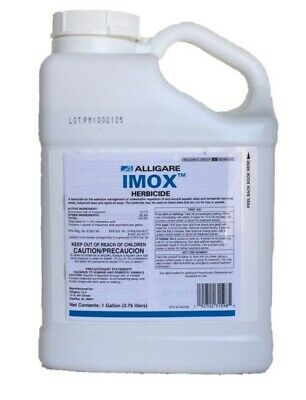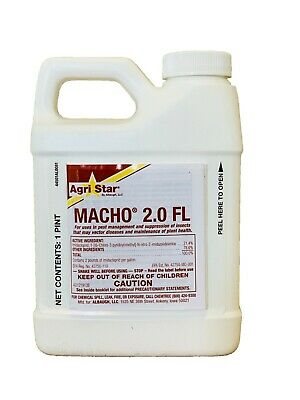-40%
Triad QC Select Qt
$ 18.48
- Description
- Size Guide
Description
Triad QC SelectTriad QC Select has a powerful combination of three active ingredients ( 2-4, D, Quinclorac, and Dicamba) to provide post-emergent control of hard-to-control weeds. Use Triad QC Select to control broadleafs such as clover, chickweed, dandelion, knotweed, oxalis, plantain, black medic, thistle, cocklebur, henbit, plantain, spurge, and more listed weeds. The Quinclorac part of this formulation is absorbed through the foliage and roots to control grassy weeds like crabgrass, signalgrass, foxtail, and barnyardgrass.
It controls the crabgrass from newly germinated 1-2 leaf crabgrass, 1-tiller crabgrass, to mature crabgrass with 5-tillers or greater.
Triad QC Select is handy to use in the late season for areas that didn't receive a pre-emergent application in the spring months.
Triad QC Select-Broad-Spectrum Control of Grassy and Broadleaf Weeds
Post-emergent control of a comprehensive list of both grassy and broadleaf weeds.
Excellent clean up product for areas that did not receive a pre-emergent grass herbicide application in the spring.
Controls newly germinated 1- to 2-leaf crabgrass, to 1-tiller crabgrass and when crabgrass has matured to 5-tillers or greater.
Quinclorac contributes grassy weed control and is absorbed by foliage and roots and translocated throughout the plant.
Triad QC Select-Mode of Action and Herbicide Resistance Management
Triad QC Select belongs to the synthetic auxin Group 4 Herbicides that interfere with plant cellular development and growth.Susceptible grasses demonstrate stunting, chlorosis, and gradual reddening followed by necrosis and death.
To reduce the potential for weed resistance:
Ensure that good spray coverage is achieved with proper spray volumes and calibrated equipment.
Plant into weed-free fields and keep fields as weed-free as possible.
Where possible, avoid the repeated use of herbicides with the same mode of action (i.e., same group number) in successive seasons either in cereal crops or rotational crops.
See label for more tips for best management practices.
Application -Ornamental Turf and Sod
Broadcast Treatment
:
Apply at a rate of 7 to 8 pints/A (112 to 128 fl oz/A) in a spray volume of 20 to 300 gal/A (0.5 to 6.9 gal/1,000 sq ft).
Do not exceed 2 broadcast applications per year, excluding spot treatments.
For sod the minimum retreatment interval is 21 days.
Spot Treatment:
Apply at a rate of 2.6 to 2.9 fl oz per 1,000 sq ft in a spray volume of 1 gal.
Do not apply greater than 16 pints of this product per acre per year.
The minimum retreatment interval is 21 days.
Application-Non-Turf Areas-Control of Annual and Perennial plants
Broadcast Treatment:
Apply at a rate of 7 to 8 pints/A (112 to 128 fl oz/A) in a spray volume of 20 to 300 gal/A (0.5 to 6.9 gal/1,000 sq ft).
Do not exceed 2 broadcast applications per year, excluding spot treatments, with a minimum retreatment interval of 30 days.
Spot Treatment:
Apply at a rate of 2.6 to 2.9 fl oz per 1,000 sq ft in a spray volume of 1 gal.
Do not apply greater than 16 pints of this product per acre per year.


